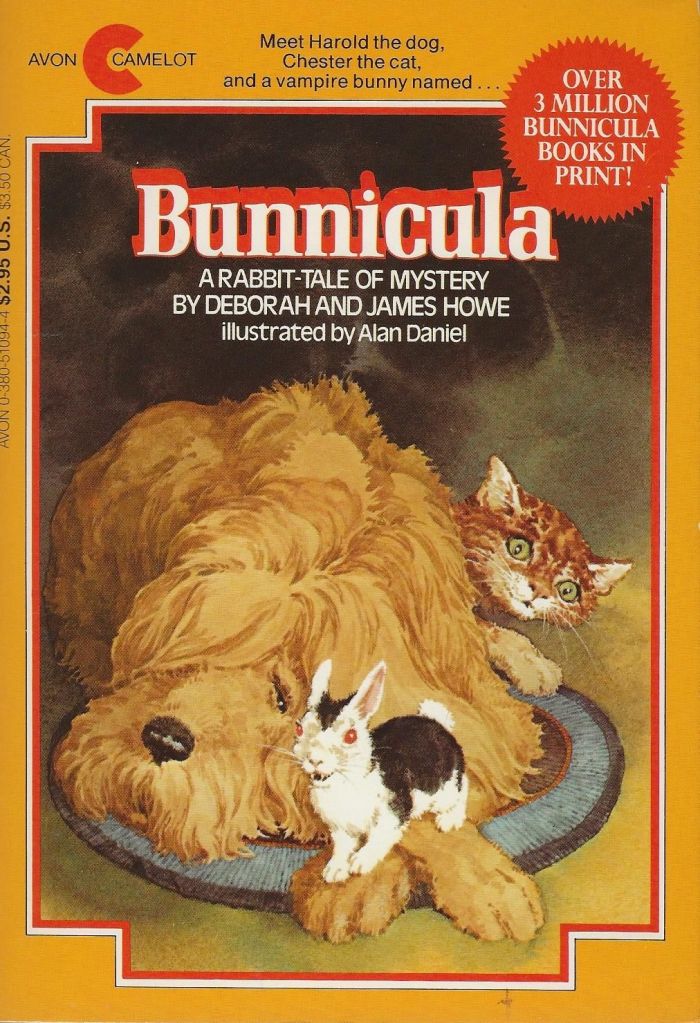Category: horror junior
DYK: Beetlejuice (TV Series)
Did you know that the Beetlejuice cartoon was one of the few shows in American TV history to be aired concurrently on two different broadcast networks? When it first aired on ABC, it was a huge success, and it later became one of the first cartoons to air on the Fox Channel’s Fox Kids lineup. This led to it being seen Monday through Friday on FOX while still remaining on ABC’s Saturday morning schedule.

Horror Junior: Return to Oz
I was a child of the 1980s, and I first saw Return to Oz on a Sunday night as the weekly Disney family movie. I was excited to see it as a sequel to The Wizard of Oz, but I was not expecting it to be so scary. The witch with the replaceable heads was freaky and surreal, and I loved it. I had never seen anything like it.

I rewatched the film this past week for nostalgia, not thinking it would be as intense as I remembered. Oh, no. It was intense. The movie began with poor little Dorothy narrowly escaping electro-shock therapy to discourage her imagination. It was terrifying.

The other frightening scenes were equally as scary today. I liked the story of this movie more than The Wizard of Oz, both then and now. Also, as an adult, I have read L. Frank Baum books from the Oz series, and I better appreciate how Return to Oz captured the threatening and sinister tone of his storytelling.

Murch, Walter. Return to Oz, Buena Vista Distribution, 1985.
The Rabbit Witch
Happy Year of the Rabbit!


Taken from The Library of Congress: The Rabbit Witch and Other Tales by Katharine Pyle, 1938
Bunnicula
Happy Easter, boys and ghouls!

Mighty Mouse in “Frankenstein’s Cat”
Horror Junior: The Peanut Butter Solution
The 1980s Canadian family movie The Peanut Butter Solution remains one of the weirdest films I watched as a kid, and one of my all-time favorites to this day. If you have not heard about it, here is a good summary and review:
Spooky Looney Tunes
Keeping it Halloween this weekend!
Make Your Own Slime and Watch The Real Ghostbusters
The Ghostbusters YouTube channel shared a recipe to make your own slime, and it’s pretty simple! The channel also has episodes of The Real Ghostbusters, which is awesome!
Spooky Betty Boop
A ghostly, jazzy interlude, a witch, and an inside-out dragon make this Betty Boop cartoon a gem to watch!